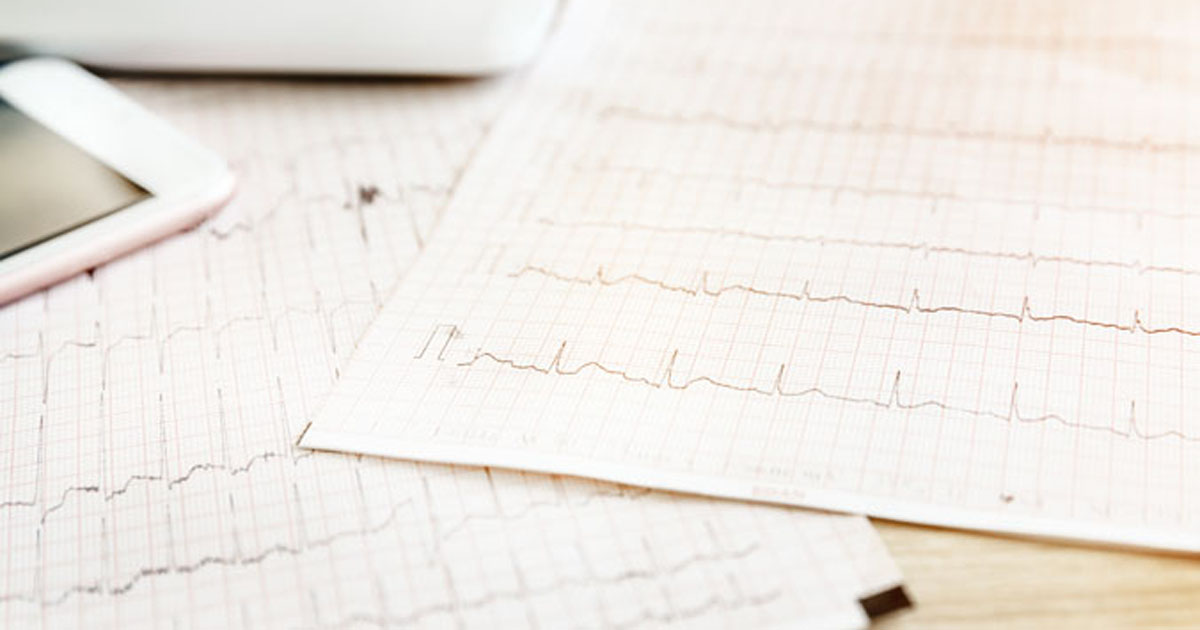Cardioversion with maximum-fixed shocks confers better outcomes vs. low-escalating energy shocks
PARIS — Cardioversion with maximum-fixed energy shocks was more effective than low-escalating energy shocks for the treatment of patients with atrial fibrillation, according to a late-breaking science presentation at the European Society of Cardiology Congress.
Anders Sjørslev Schmidt, MD, PhD candidate at Randers Regional Hospital in Denmark, and colleagues analyzed data from 276 patients with AF who were assigned to either low-escalating energy shocks (n = 147; mean age, 68 years; 74% men), which included shocks ranging from 125 J to 200 J, or maximum-fixed energy shocks (n = 129; mean age, 68 years; 70% men), which was delivered at 360 J.
The primary endpoint was sinus rhythm 1 minute after cardioversion. Safety endpoints including myocardial injury, cases of arrhythmia, patient-reported discomfort or pain and skin redness or burns were also assessed. Results from this study were also published in the European Heart Journal.
With regards to the primary endpoint, sinus rhythm was achieved 1 minute after cardioversion in 88% of patients in the maximum-fixed group and 66% of those in the low-escalating group (difference = 22%; 95% CI, 12-32; P < .001). Four hours after cardioversion, sinus rhythm was observed in 85% of patients assigned maximum-fixed energy shocks vs. 63% of those assigned low-escalating energy shocks (difference = 22%; 95% CI, 12-32; P < .001).

The median number of shocks delivered in the maximum-fixed energy group was 1 compared with 2 in the low-escalating energy group. There was a marginal decrease in the median procedure duration with maximum-fixed energy compared with low-escalating energy (1.9 minutes vs. 2.2 minutes).
Arrhythmias occurred in 5% of each treatment group.
No changes in troponin levels were seen from before and after cardioversion in both groups.
“In fact, for a few patients included in the low-escalating group with a very high baseline troponin level, the troponin level dropped after cardioversion,” Schmidt said during the presentation.
There were no cases of skin burns as a result of cardioversion in both groups, and there were comparable rates for mild or no redness. Rates of patient-reported discomfort or pain were similar in both groups.
“We found no difference in any safety point,” Schmidt said during the presentation. – by Darlene Dobkowski
References:
Schmidt AS, et al. Late Breaking Science in Atrial Fibrillation 1. Presented at: European Society of Cardiology Congress; Aug. 31 to Sept. 4, 2019; Paris.
Schmidt AS, et al. Eur Heart J. 2019;doi:10.1093/eurheartj/ehz585.
Disclosures: Schmidt reports no relevant financial disclosures. Please see the study for all other authors’ relevant financial disclosures.

